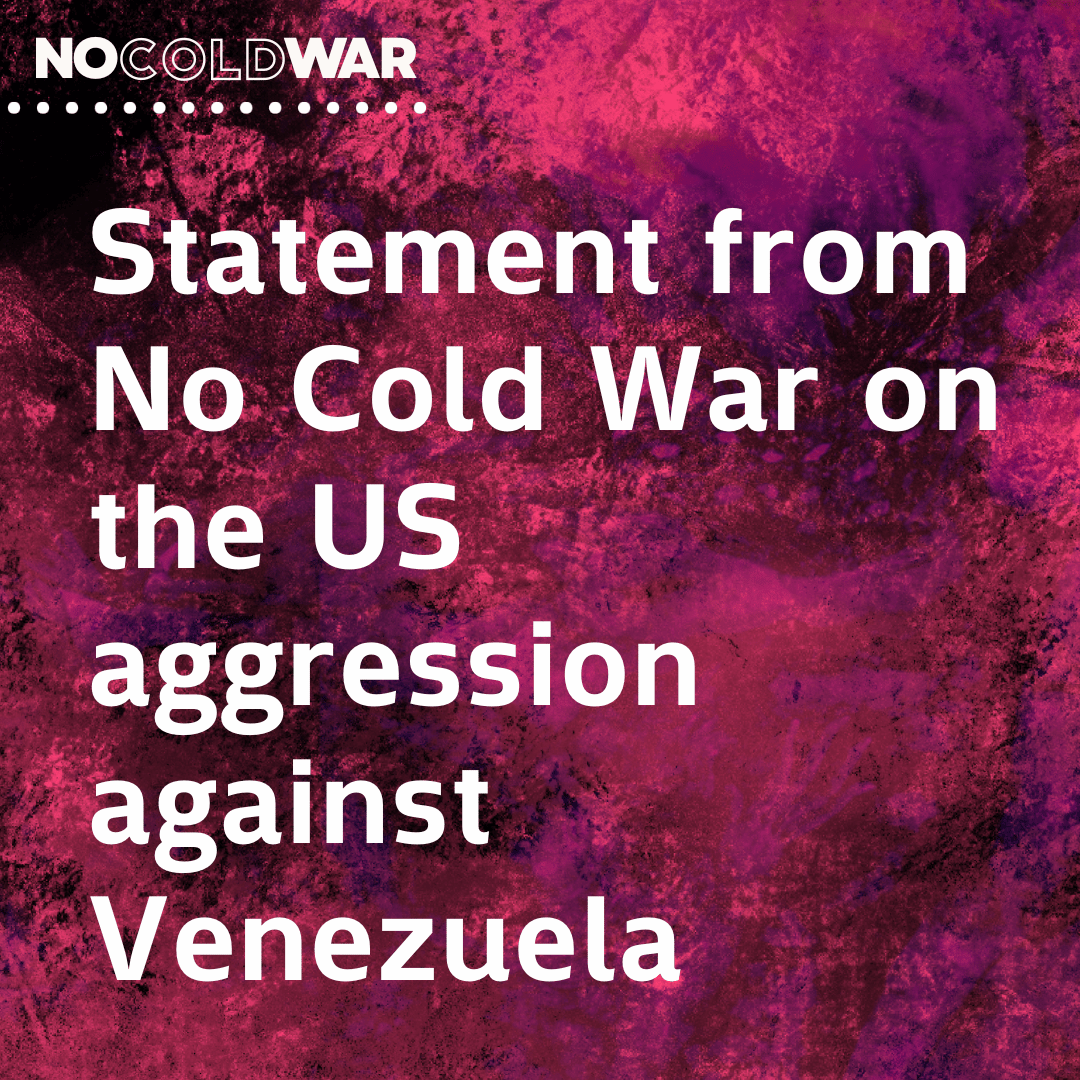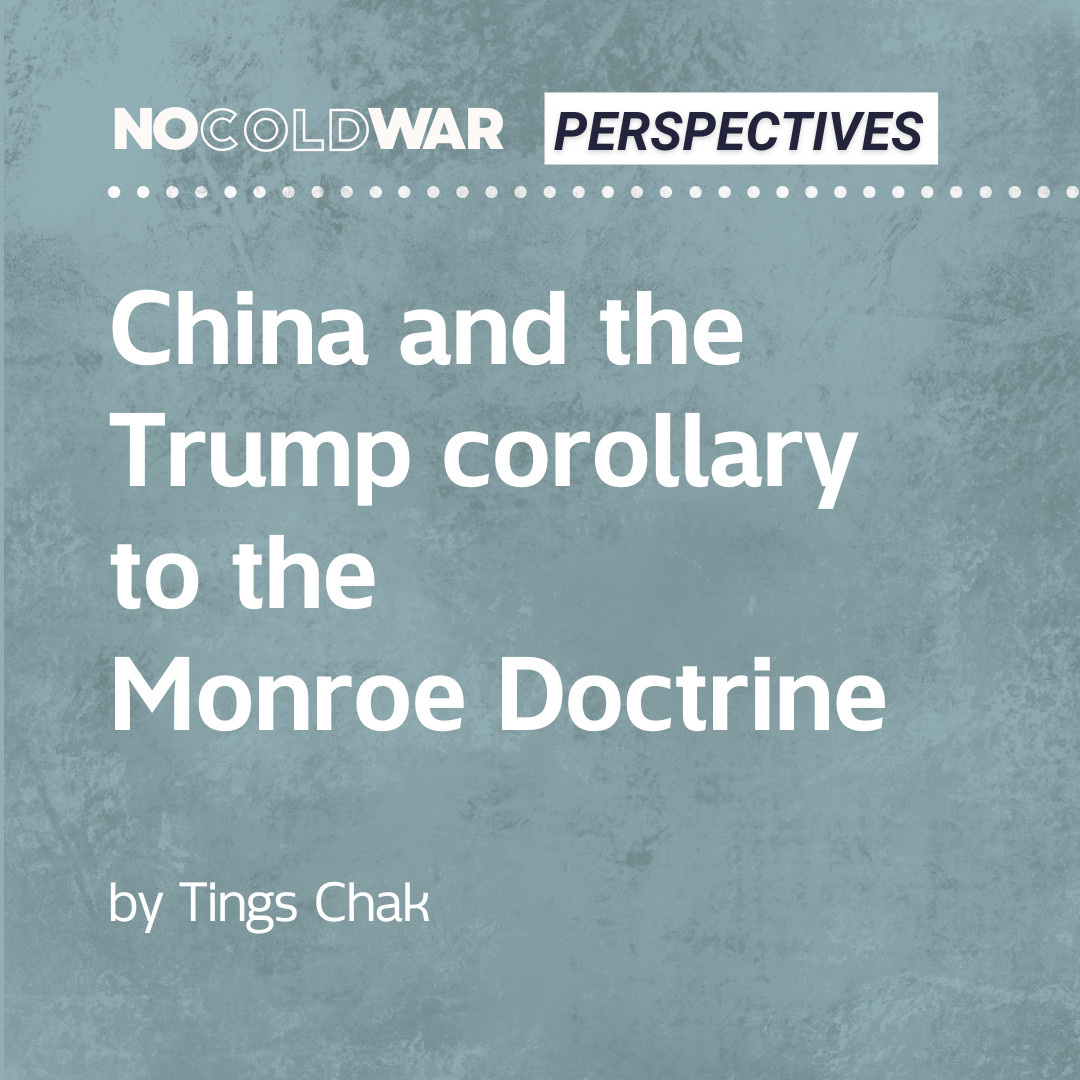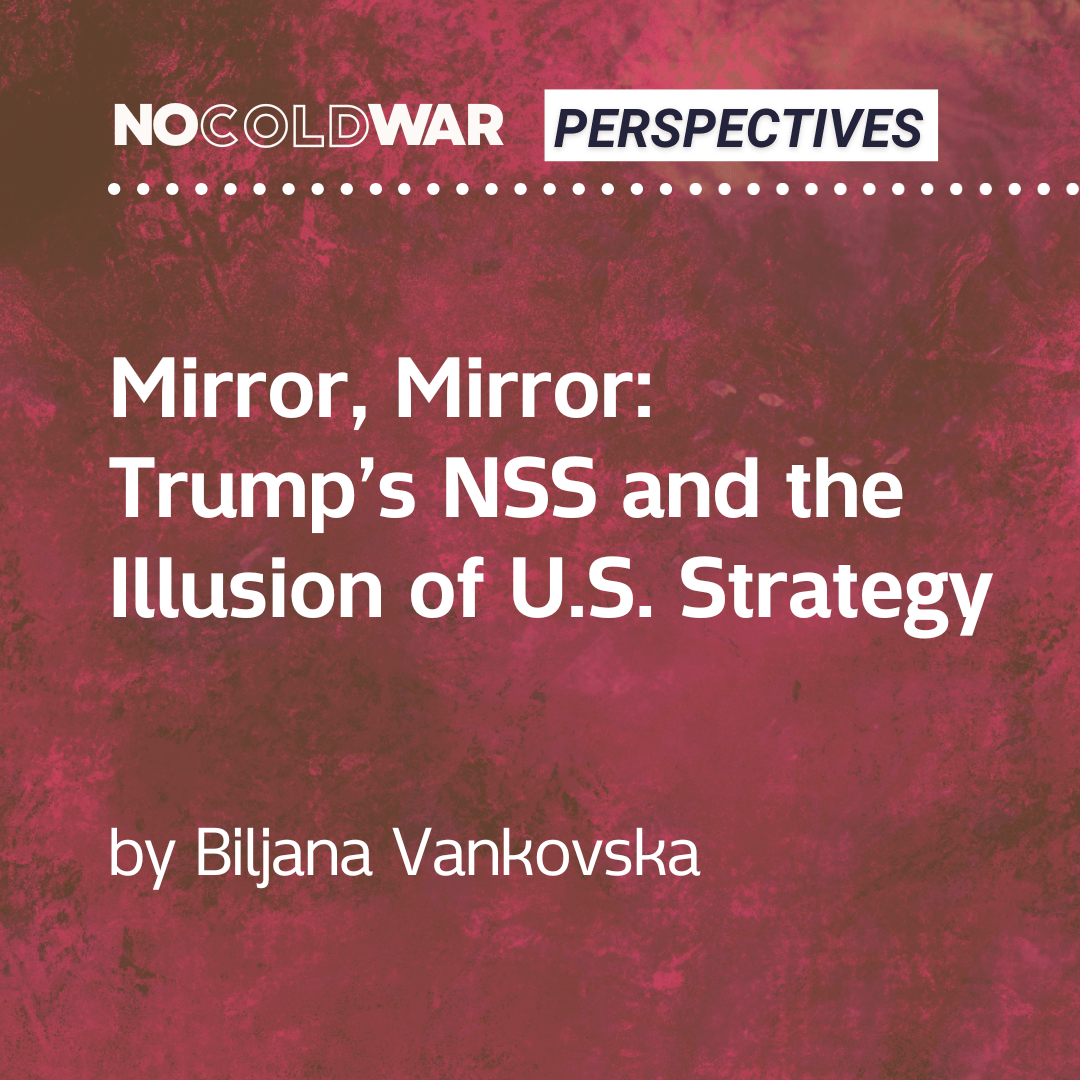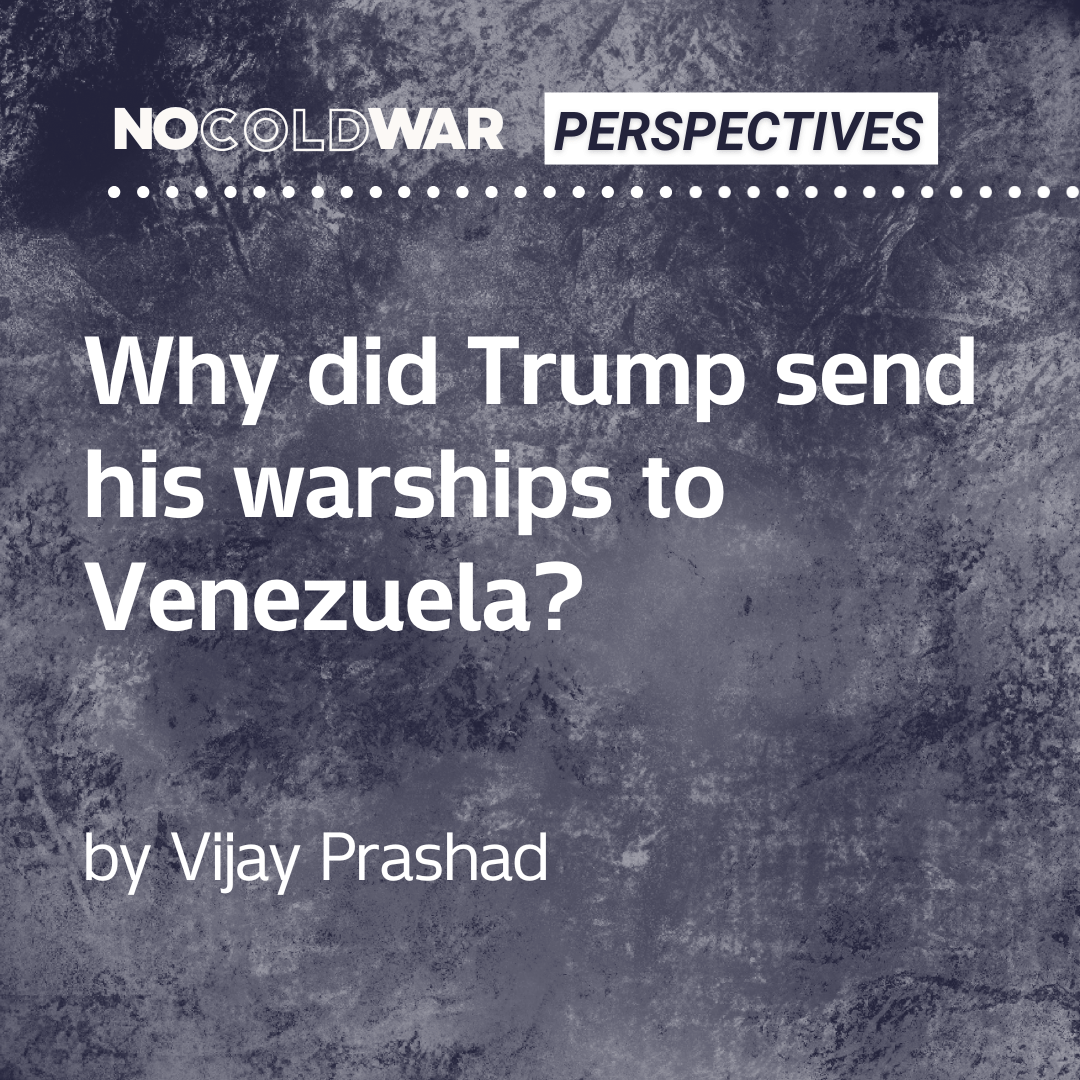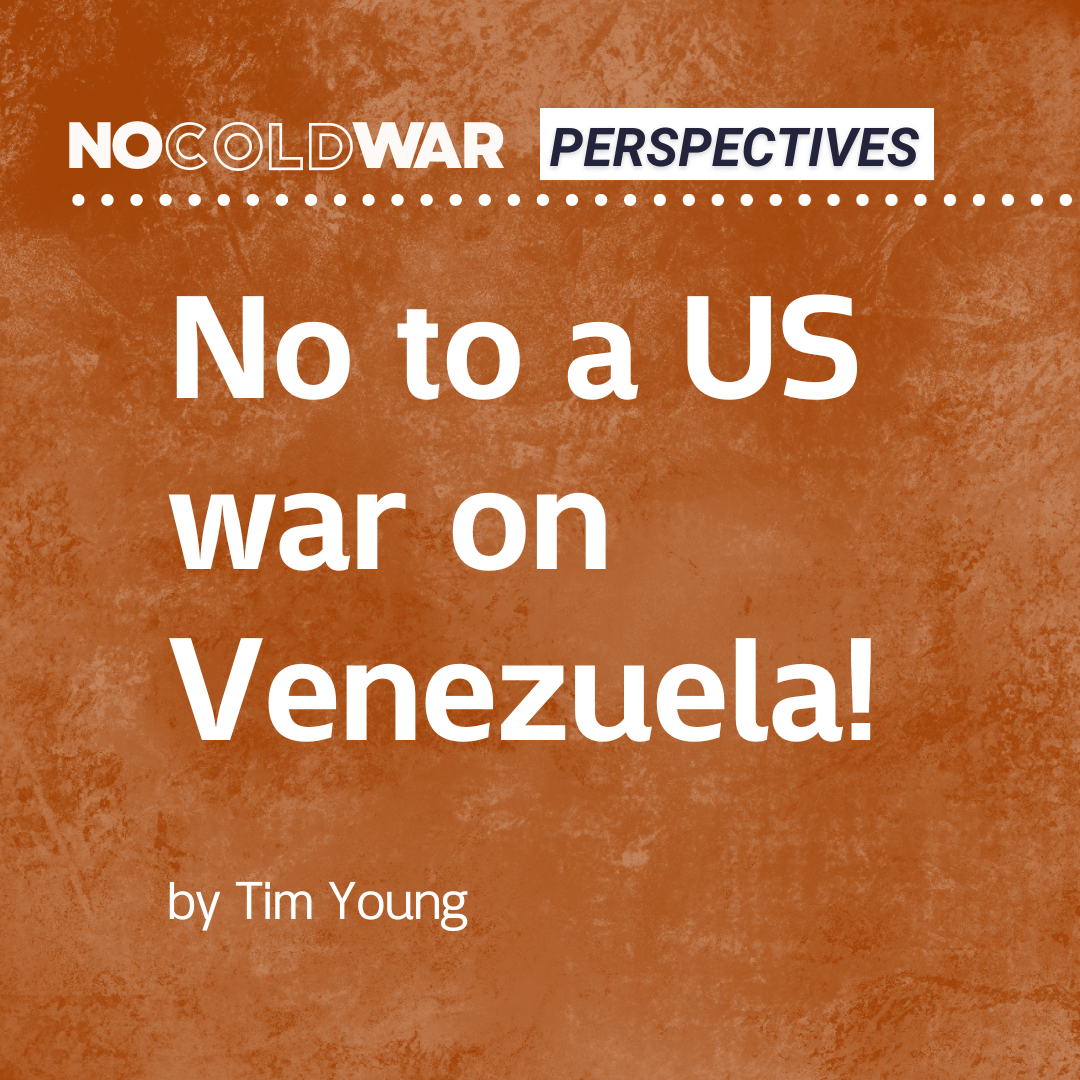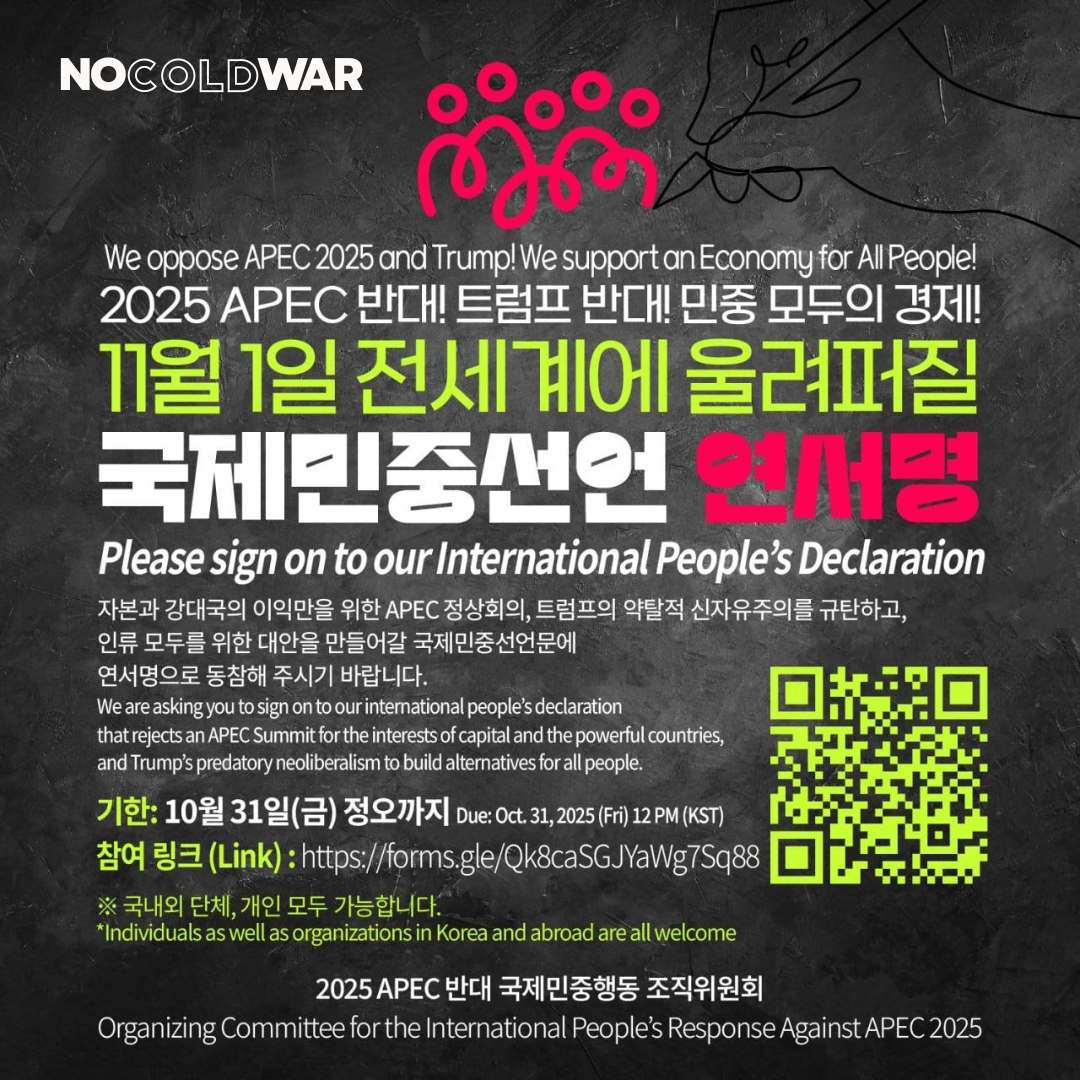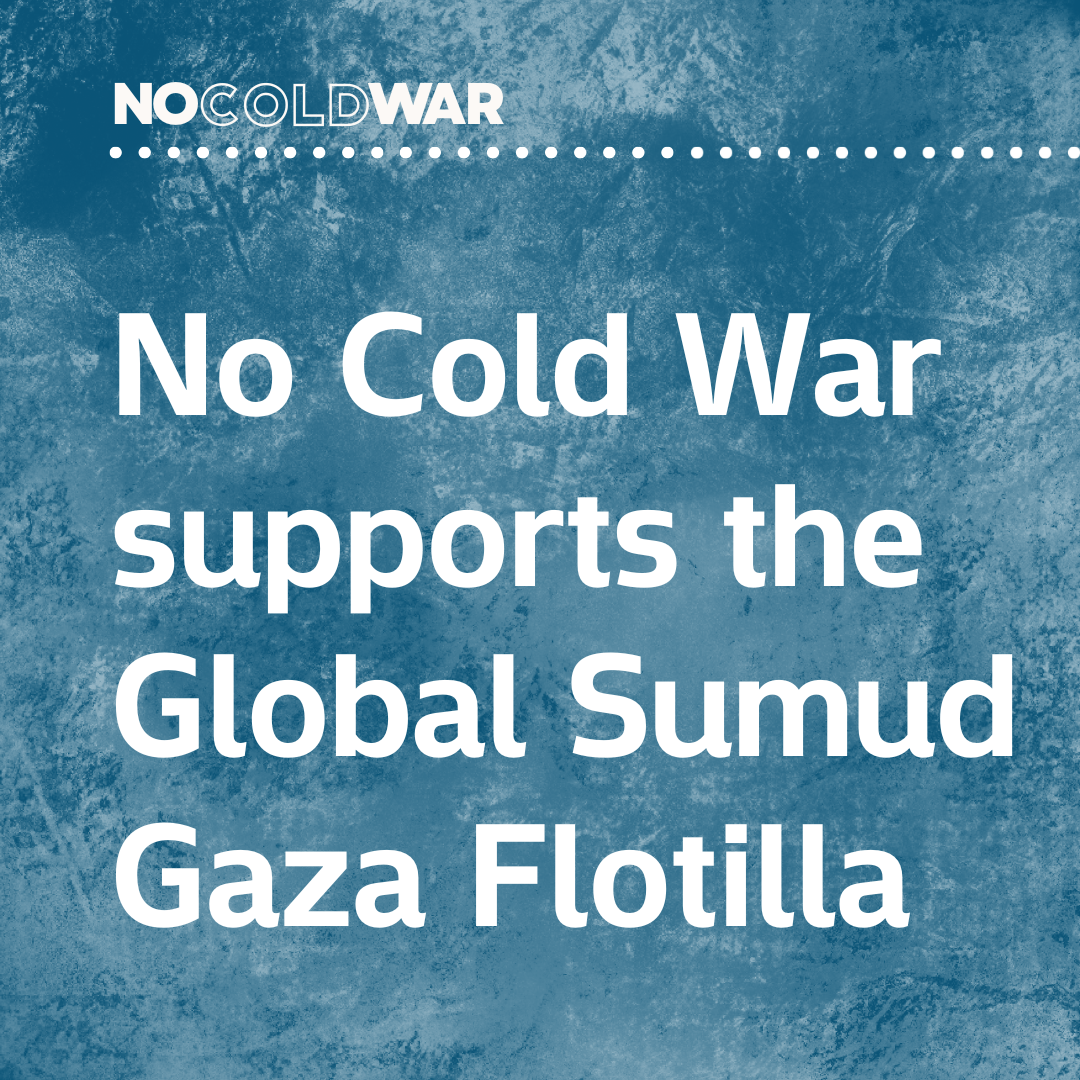The Organizing Committee for the International People’s Response Against APEC 2025 (“Organizing Committee”) will convene an International People’s Summit (“Summit”) in opposition to APEC 2025 Korea and Trump’s predatory neoliberalism.
The APEC Summit has completely excluded public participation from all its meetings including the CEO Summit and Leaders’ Meeting. The agendas discussed in APEC meetings have profound implications for people across the globe. At this moment, we are facing interconnected crises—climate change, war, economic inequality, and violations of the rights of minorities and migrants. However, the APEC Summit has failed to address any of these challenges or take a stand against Trump’s unilateral economic aggression and predatory neoliberalism.
In response, the International People’s Summit will release a joint declaration from progressive political parties, civil society organizations, activists, and intellectuals from APEC member economies and beyond. It will also launch a collective effort to build people-centered alternatives through international solidarity.
The declaration condemns the APEC summit, which only serves corporate and the geopolitical interests of the powerful countries, and denounces Trump’s predatory neoliberalism. It reaffirms our shared commitment to forge people-centered alternatives through international people’s action. Our solidarity extends beyond resistance to APEC 2025 Korea and Trump, but moves forward to a broader and stronger international solidarity.
We invite you to join us as a signatory to this declaration which envisions alternatives built by and for people everywhere. Individuals and organizations who share this vision are welcome to endorse it. The statement will be formally adopted at the People’s Summit on Nov. 1, announced at a press conference, and shared globally during the International People’s March that follows. We look forward to your active support and participation.
🗓️ Due: October 31 12:00 pm (KST) / October 31 3:00 am (UTC) / October 30 8:00 pm (PST)
The 2025 International People’s Declaration – “We oppose APEC – We oppose Trump – And, we want an economy for all”
The APEC Leaders Summit will convene in Gyeongju from Oct. 31 to Nov. 1st. In response, left and progressive activists and organizations from APEC member economies and from around the world will also be gathering. We will hold our International People’s Summit to carry the voices of the world’s people, who oppose APEC 2025 and Trump. So, we hereby adopt the following International People’s Declaration.
1. The peoples of the world oppose this anti-people APEC that only serves up a feast for Trump and the monopoly capital of global conglomerates. In contrast, we are launching the International People’s Action for an economy for the people.
2. Consisting only of closed-door meetings among heads of state, corporate leaders, and ministers, APEC is an assembly of power and capital representing only the interests of powerful countries and big business. Since January, nearly thirty high-level official meetings have been held on issues such as AI, aging societies, food security, and energy, but the people have had no access to them. Nowhere on the APEC agenda do we find the world’s peoples who struggle for the livelihoods of workers and farmers, for gender equality, for the rights of minorities and migrants, against climate crisis and war.
We oppose APEC and all international conferences that exclude the world’s working people and serve only the interests of powerful countries and corporate capital. Summits behind closed doors must be put to an end. All discussions must be immediately disclosed to the world’s peoples, and popular participation must be guaranteed.
3. Trump’s economic war will provide no escape from the dual decline of the rate of profit and productivity which plagues neoliberalism. His economic strategy is merely a shift from a neoliberalism of expropriation to a neoliberalism of predation. The core essence is unchanged, but the economic war has merely intensified the violence and savagery. Trump’s economic aggression serves only the interests of the great powers headed by the United States, the profit of fossil-fuel energy businesses and the military industrial complex, and the development of particular monopolies; it cannot solve the dilemmas of humanity: the crises of labor, climate, inequality, war, and discrimination against migrants. We will build an alternative to Trump’s neoliberalism: an economy of the people, by the people, for the people.
4. One by one the world has been preyed upon by Trump’s ruthless tariff war. It has not mounted an effective response against it. Even in this situation, heads of states and governments everywhere praise their own diplomacy as successes, fawning over Trump in hopes of shaving a few percentage points off their tariffs. Meanwhile, the economy collapses beginning with small countries in Africa, spreading to Asia and Latin America, through Europe and eventually to the United States. The people will bear the brunt of this crisis, as their livelihoods collapse and inequality deepens.
Trump’s ambition to rescue neoliberalism from the global economic crisis will fail due to its own contradictions. However, nothing simply happens on its own. We must struggle to bring a swift end to Trump’s economic war that will surely sweep the world’s peoples into disaster.
5. Trump’s economic war stands for the interests of carbon-emitting capital, further intensifying the climate crisis. Instead of solutions, we see a regression to a carbon-emitting economy. Capital crosses borders with ease, shattering the lives of workers, while migrants seeking better lives become targets of exclusion and hate. Discrimination and hostility toward women are wielded as political weapons, and hard-won values of gender equality are dismantled in an instant.
We stand against the politics of exclusion and hate. We demand a broader and deeper democracy for all. We will fight for climate justice, equal rights for migrants, and gender equality for the world. Carrying onward the value of democracy, one of the great achievements of humanity, we will keep continuing our International People’s Solidarity March.
6. Trump’s economic war does not stop at the economy. It is escalating the threat of even more wars. Empty talks abound about stopping the Russia-Ukraine War and the genocide in Palestine, while negotiations serve only the interests of great powers. As Trump forces countries to spend 5% of the GDP on military, which only serves the profits of the military-industrial complex, the cornerstone of neoliberalism, thereby accelerating the global threat of war. Further, he pushes for the revival of regional military blocs that make offensive wars inevitable, such as through NATO, the JAKUS military alliance, and the Indo-Pacific military strategy.
We demand immediate peace, not empty rhetoric. We demand an immediate cessation of hostilities based on reparations, and non-aggression pledges by the aggressors. We stand against global military spending increases, the manufacture of weapons of mass destruction, regional military blocs, and wargames. We will not cease our international people’s solidarity struggle until we secure peace for all.
7. Gathered here today, we will open a forum on the dilemmas of humanity that those in the APEC Summit, with all their power and capital, have failed to address. We will seek solutions through the power of international solidarity. We will bring together voices of progressive intellectuals, organizations, and peoples worldwide who stand against Trump’s economic war and its turn toward predatory neoliberalism. We will forge an international solidarity action to seek out economic alternatives that serve everyone, not just the interests of capital and great powers.
8. To resolve the dilemmas of humanity produced by neoliberal capitalism, to end the monopolization of power produced by “post-democracy”, and to secure democracy for all, we will form the International People’s Action Solidarity. We will forge international solidarity among individuals, political parties, and organizations fighting for labor, climate justice, feminism, migrants’ rights, and peace. Furthermore, we will continue on a regular basis our International People’s Action opposing the international gatherings and summits that represent only the interests of great powers and monopoly capital.
We oppose an APEC that stands for the 1%, for the powerful and for capital!
We oppose an APEC that brings inequality, not prosperity!
APEC Leaders, listen to the people of the world, not to Trump!
We oppose Trump and his unilateral, coercive, predatory neoliberalism!
We oppose Trump and his wars and hate!
While capital crosses borders, migrants are expelled! We oppose Trump!
Trump’s politics of hate threatens democracy!
An economy for all! We oppose corporate greed!
An economy for all! We oppose Trump’s robbery!
With our International People’s Action Solidarity, let’s march to a world of labor, climate justice, peace, gender equality, and human rights!
Enough is enough! With our International People’s Action Solidarity, let’s put an end to war!
With our International People’s Action Solidarity, let’s build an economy for all, not just for the few!
The International People’s Declaration “We oppose APEC – We oppose Trump – And, we want an economy for all” can be signed here: https://forms.gle/Qk8caSGJYaWg7Sq88 .
Organizer: The Organizing Committee for the International People’s Response Against APEC 2025
Hosts: Alliance of Human Rights Clubs of Universities in Seoul (Korea), Arts Collective Maru (Korea), AWC Korea (Korea), Beyond Seoul (Korea), Gathering for Equal Society (Korea), Green Party Korea (Korea), Human Rights Movement Network Baram (Korea), International Strategy Center (Korea), International People’s Assembly (International), Justice Party (Korea), Labor Party (Korea), Local Community in Action Dongseoul Citizen Power (Korea), May Moonlight Alliance (Korea), Multipolarization Forum (Korea), National Gathering of Left Activists (Korea), Organizing Committee for System Change Movement (Korea), Our Turn to Speak (Korea), People Opposing Space Militarization and Rocket Launches (Korea), People Power Direct Action (Korea), Platform C (Korea), Seodaemun & Eunpyeong Citizen Alliance (Korea), Seoul Women’s Association (Korea), Solidarity Against Disability Discrimination (Korea), Together Labor (Korea), Together Nowon (Korea), Together Seoul (Korea), Urgent Action by South Korean Civil Society in Solidarity with Palestine (Korea), Women Making Peace (Korea), Yongsan Citizen Alliance (Korea), Youngdeungpo Citizen Alliance People (Korea)
📞 Contact: International Strategy Center (iscenter2015@gmail.com)
